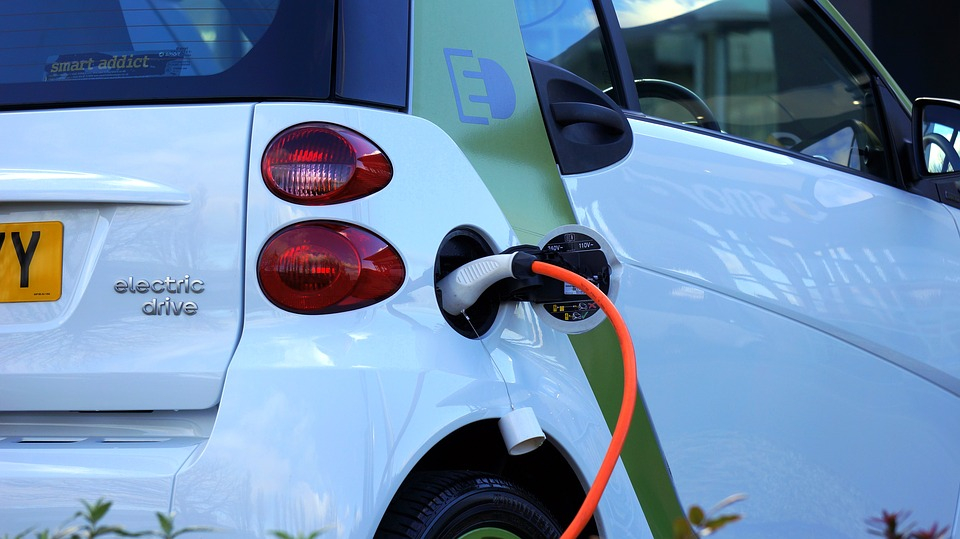As Poslovni Dnevnik/Darko Bicak writes, between 107 and 168 billion kuna will be required for the complete technological and energy transition of the Republic of Croatia according to the proposal of the Low Carbon Development Strategy until 2030 with a view to 2050. The draft of the above was accepted by the Croatian Government yesterday.
The Croatian low-carbon strategy envisions that the existing national building stock will be renovated and the new one will be fully constructed based on the principles of near-zero energy buildings, as well as on the basis of circular management.
Energy supplies will be more secure, it will be drawn from renewable sources and with low emissions, and energy consumers will also be energy producers themselves. The combination of on-site electricity generation and supply from the public grid will no doubt provide a high level of security of electricity supply.
The Croatian transport system will be intermodal and integrated, mostly with electric vehicles and the use of low-carbon and climate-neutral fuel, and in 2050, electric cars in Croatia should make up 35 percent of the country’s fleet of 762,700 e-cars. Currently there are around 1,500 electric cars in Croatia.
Industry and agriculture will be far more energy efficient and connected to all sectors of the economy, while working harder to reduce waste generation in an integrated and circular economy. According to the Croatian Government, the praiseworthy low-carbon strategy paves the way for the transition to a sustainable, competitive economy, in which economic growth is achieved with low greenhouse gas emissions.
About one hundred measures have been selected which can be applied to reduce emissions across various different sectors: electricity and heat production, fuel production and processing, transport, general consumption, industry, agriculture, land use, forestries, waste, product use and of course – emissions.
According to the national strategy, these measures are embedded in three main scenarios: the Reference Scenario (NUR), the Gradual Transition Scenario (NU1) and the Strong Transition Scenario (NU2). The NUR reference scenario is a continuation of existing practices, all of which are in line with current legislation and targets by the year 2030.
It assumes technological progress and the growth of the share of renewable energy sources (RES) and energy efficiency based on the market situation at this time and the target energy standards set today. This is a scenario with a slight increase in the share of RES and energy efficiency. Emissions in this scenario will decrease by 28.9 percent by 2030 and by 46.3 percent by 2050 compared to the level of emissions recorded back in 1990.
The share of renewables in this scenario is 35.7 percent in 2030 and 45.5 percent in 2050. NU1 is more ambitious and assumes a strong increase in unit prices, which represent the right to emit one tonne of CO2 equivalent up to 92.1 euros/t CO2 in 2050, which is a major driver of transition.
The share of renewable energy sources in 2030 under this scenario stands at 36.4 percent, and in 2050 it could be 53.2 percent. The NU1 scenario is set to lower greenhouse gas emissions by 33.5 percent in 2030 and 56.8 percent in 2050 when compared to the aforementioned 1990 reference.
The scenario of strong transition NU2 is dimensioned with the aim to achieve emission reductions by a massive 80 pecent in 2050 when compared to 1990. In this scenario as well as with NU1, a strong increase in unit prices to 92.1 euros/t CO2 in 2050 and very strong energy efficiency measures is envisioned.
The share of renewable energy sources in 2030 under this scenario is 36.4 percent, and in 2050 it could be 65.6 percent. In this scenario, in 2050, the dominant source of emissions remains traffic, followed by agriculture and industry. By applying the measures known today, including those that are socio-economically acceptable for agriculture, an emission reduction of 73.1 percent could be achieved.
The share of electricity and hydrogen is expected to increase, while the share of solid and liquid fossil fuels is decreasing. Natural gas consumption will remain roughly the same until 2030 and then it will declines by 15 percent by 2050. The total share of fossil fuels will decline to 53.2 percent in 2030 and to 41 percent in 2050.
The strategy predicts that the share of direct energy consumption in industry in Croatia will remain at around 17 percent by 2030 and then grow to 19.8 percent in 2050. In the NU1 scenario, total power plant power will grow to 6.57 gigawatts (GW) in 2030, or to 10.3 GW in 2050.
Currently, HEP has about 4 GW installed in the production of electricity and 1 GW of heat. On average, it wil be necessary to build about 260 megawatts of new power plants a year to keep up with this ambitious plan.
For more on electric cars in Croatia and much more, follow our lifestyle section.








